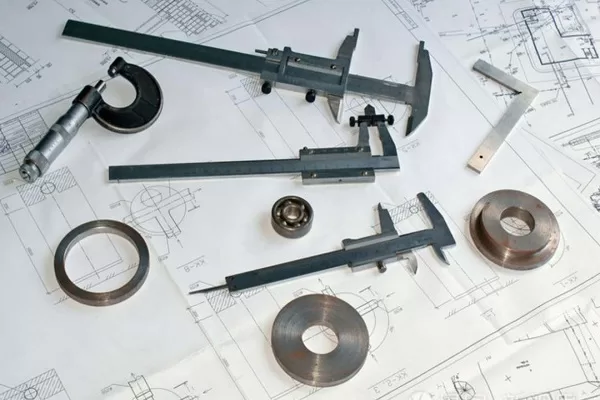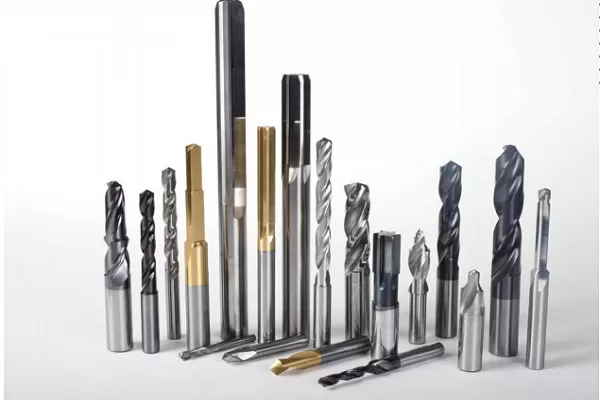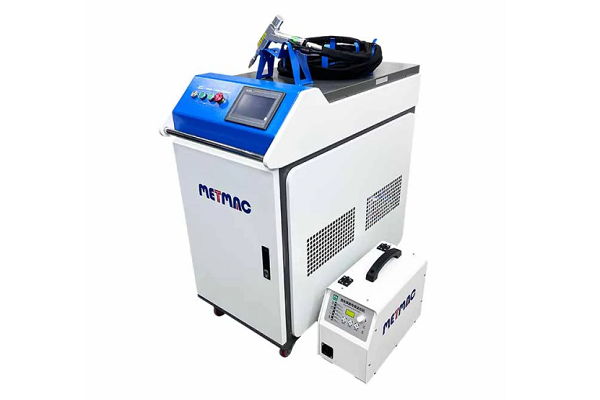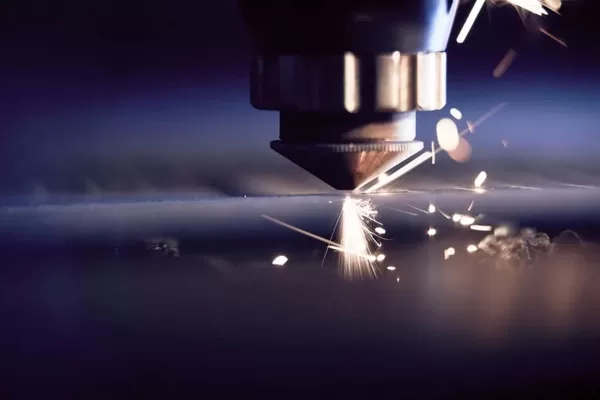
Understanding the Basics of Metal Plate Rolling
- By:Metmac
- 2024-07-04
- 73
Metal plate rolling, a captivating industrial process, transforms flat sheets of metal into precise cylindrical or conical shapes. This intricate dance of force and precision empowers countless industries, from construction to automotive fabrication.
Unveiling the Process
The heart of metal plate rolling lies within specialized machinery called plate rolls. These colossal machines, equipped with massive steel rollers, apply immense pressure to the metal plate. As the rollers rotate in unison, they bend the plate into the desired curvature.
The art of metal plate rolling demands precision and expertise. Operators meticulously adjust the gap between the rollers to achieve the exact radii and shapes. From gentle curves to tight cylindrical forms, these machines can cater to a diverse range of requirements.
Materials of Malleability
Metal plate rolling finds its versatility in the wide array of materials it can accommodate. Mild steel, stainless steel, and aluminum are commonly rolled, each possessing distinct properties. Mild steel, known for its strength and durability, is often used in structural applications. Stainless steel, renowned for its corrosion resistance, finds its niche in industries demanding hygiene or durability. Aluminum, lightweight and malleable, is ideal for components requiring both strength and reduced weight.
Applications that Inspire
Metal plate rolling serves as a cornerstone for a plethora of industries. In construction, rolled plates shape beams, girders, and structural elements that support towering skyscrapers. Automotive manufacturing relies on rolled plates for car bodies, fenders, and exhaust systems. Aerospace engineers utilize rolled plates to craft aircraft wings and fuselages.
The Significance of Expertise
Mastering metal plate rolling requires a fusion of technical knowledge and practical experience. Seasoned operators possess an intuitive understanding of material properties, roller adjustments, and safety protocols. Their expertise ensures that rolled plates meet rigorous quality standards and contribute to the longevity and integrity of countless structures and machines.
Conclusion
Metal plate rolling, a testament to human ingenuity, empowers industries to transform flat sheets of metal into intricate shapes. From the towering heights of skyscrapers to the sleek curves of automobiles, this process plays a vital role in shaping our modern world. As technology continues to advance, the possibilities of metal plate rolling expand, promising even more innovative applications in the years to come.
-
The Advantages of Using a Sheet Roll Forming Machine in Manufacturing
2024/09/14 -
How to Optimize Your Laser Sheet Cutting Machine for Maximum Performance
2024/09/12 -
How to Maximize Efficiency with Modern Sheet Metal Working Machines
2024/09/04 -
The Environmental Benefits of Using Duct Board Grooving Machines
2024/09/03
-
Integrating Automation with Rectangular Duct Machines for Enhanced Productivity
2024/05/11 -
Metal Shear Machines- Essential Tools for Precision Metal Cutting
2024/05/11 -
Understanding the Role and Function of Steel Strip Slitting Machines
2024/05/11 -
Maintenance Tips for Longevity of HVAC Duct Machines
2024/05/11
-
A Guide to the Latest Innovations in Sheet Metal Folding Machines
2024/11/29 -
Key Features to Consider When Investing in a Sheet Metal Folding Machine
2024/11/28 -
Enhancing Precision with Advanced Sheet Metal Folding Machines
2024/11/27 -
How to Choose the Right Sheet Metal Folding Machine for Your Workshop
2024/11/26



